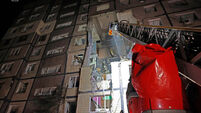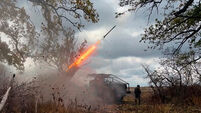Irish Examiner view: Mariupol will be Putin’s Guernica
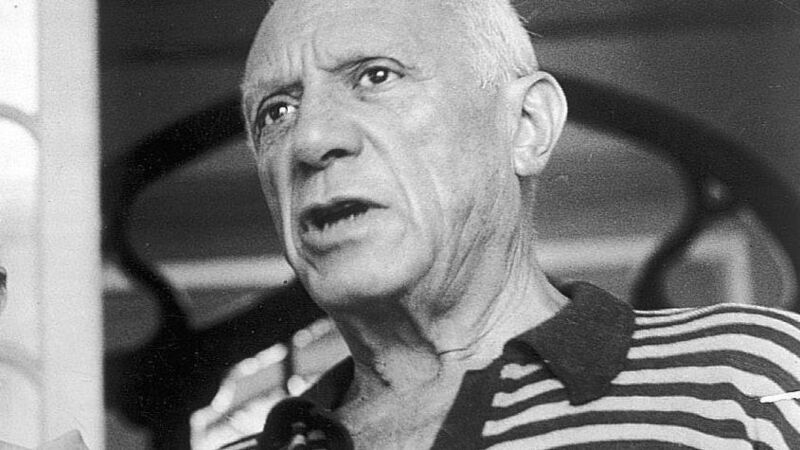
In his epic painting 'Guernica'. Pablo Picasso bore witness to the April 1937 bombardment of the city of Gernika. Journalists and citizens are recording Russia's attack on Ukraine, 85 years on. File picture
With evidence emerging of indiscriminate shooting of non-combatants, attacks on refugees, vehicles bombarded even when marked with white flags and carrying signs saying ‘children’, the deployment of hypersonic missiles, and the attack on an art school where 400 women, youngsters, and elderly people were sheltering, there is little doubt that peace talks are a sham, at least as far as the Kremlin is concerned.
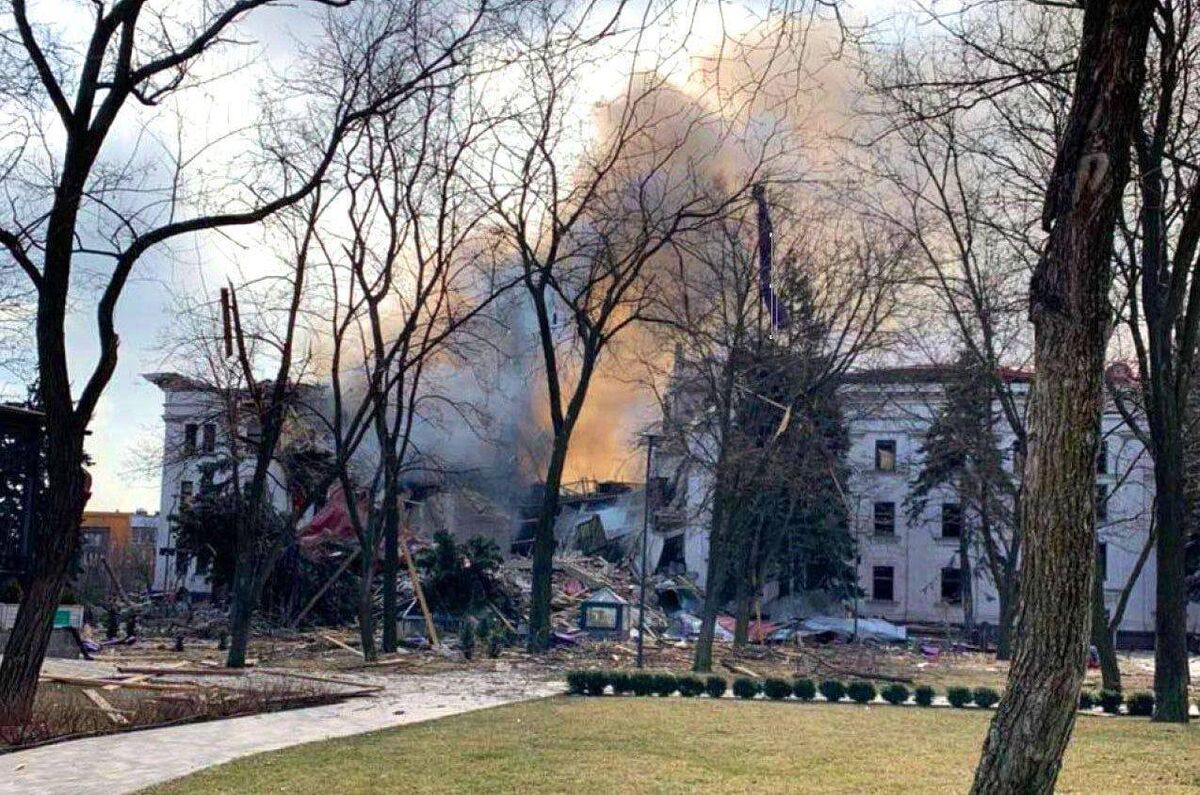
Many Russians appear not to believe the barbaric nature of the attacks their forces are carrying out on their neighbours. But the capacity of people for self-delusion in wartime can never be underestimated.
There were many Germans who denied the existence of Adolf Hitler’s death camps, and continued to do so until they were force-marched into them to see, and confront, the evidence for themselves.
The most eviscerating portrayal of the impact of modern mechanised warfare is Pablo Picasso’s ‘Guernica’, an epic scale painting of the destruction of the Basque city of Gernika by the German and Italian air forces at the request of the Spanish nationalists led by Francisco Franco. It depicts screaming women, a dead baby, a gored horse, dismembered soldiers, an all-seeing eye.
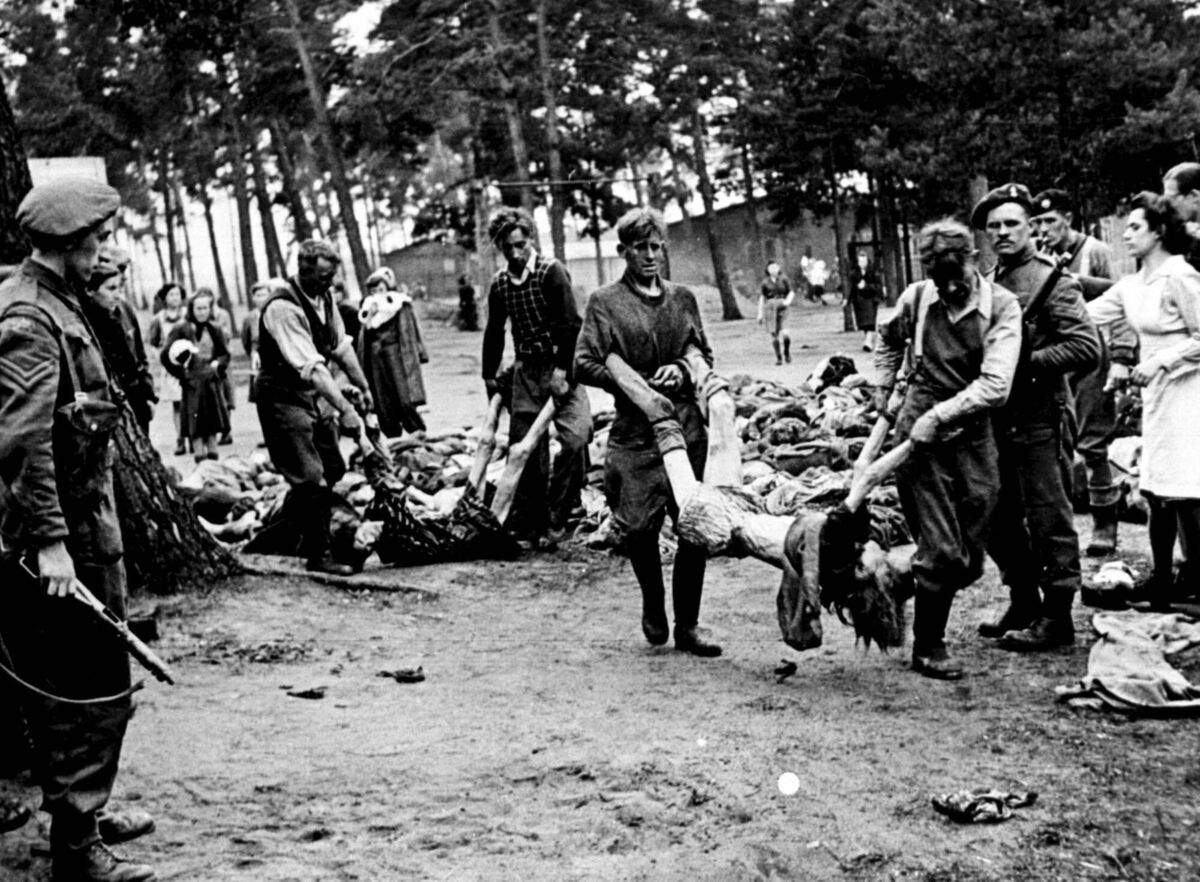
Most of the images emerging from Ukraine of the depredations of the invading forces are on social media and via brave journalists and citizen journalists.
But art will surely follow in all its forms and it will stand testimony to a cruelty and cynicism which will redound to the discredit of Russia down the centuries.
If Picasso was alive today, he would be painting Mariupol.




